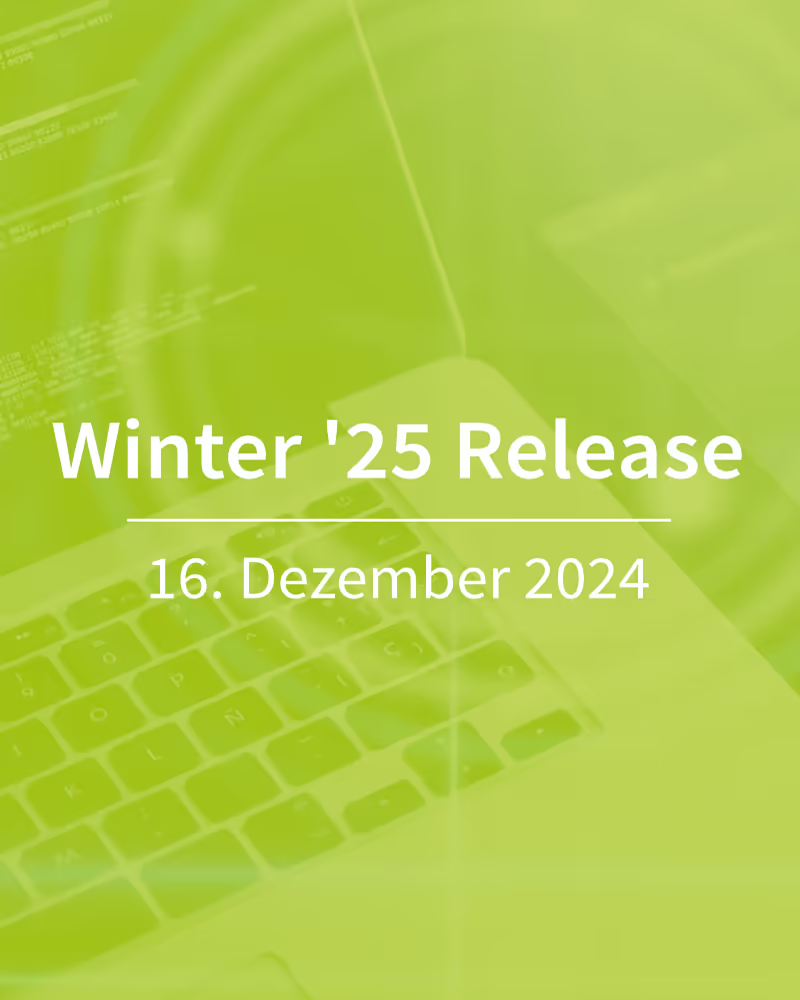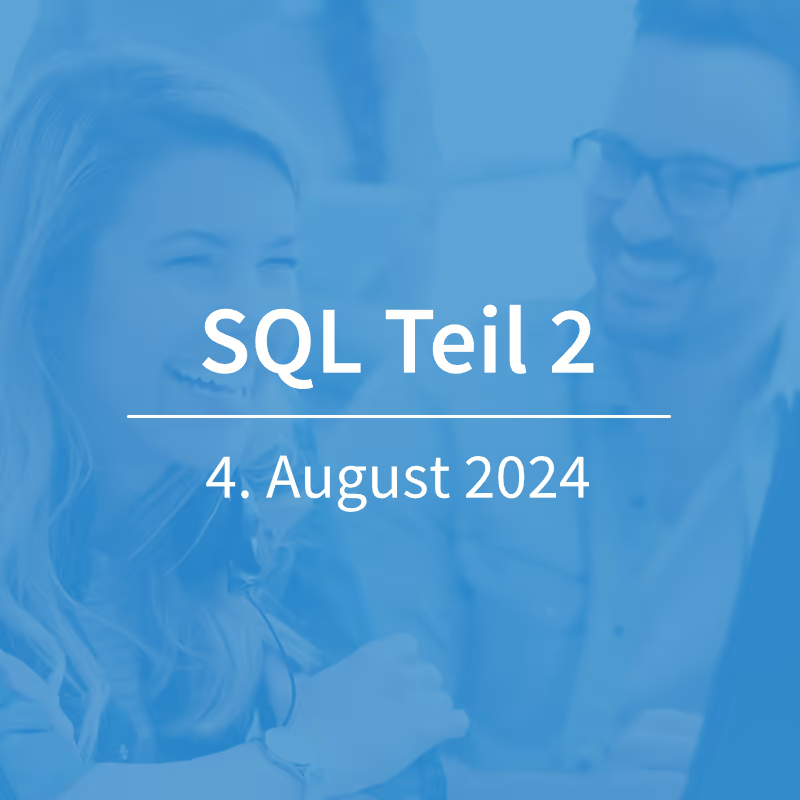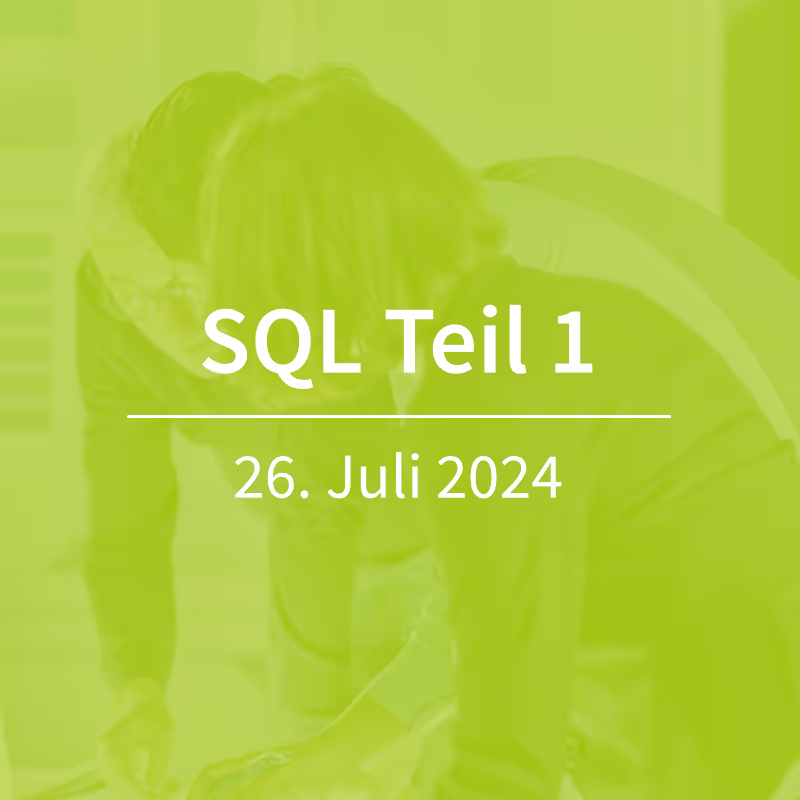Salesforce Marketing Cloud - SAP & Content Sharing
In our projects, we repeatedly come across special features in the Salesforce Marketing Cloud universe, which may not be noticeable at first glance, but can have far-reaching consequences. One example of this is the impact that different Sender Authentication Packages On the Content sharing have. On today's Feature Friday, we'll show why this topic is even the deliverability can affect emails.
What is an SAP?
The Sender Authentication Package (SAP) is a Salesforce Marketing Cloud product package that regulates account branding in the broadest sense. You define a domain that is used as a sender domain (e.g. news.example.de) and for branding the links, cloud page URLs and image paths. In our example, the image domain would be image.news.example.de.
The important thing is: You can have one SAP set up per business unit. This makes it possible to use a different branding domain in every BU. This can be useful, for example, if the business units are used by different regions or brands.

What does all this have to do with content sharing?
Content sharing makes it possible to transfer content from one business unit to another. For example, templates can be created that are shared by other BUs. However, if you use different private domains in the business units, care should be taken: When sharing, the image paths in the shared content do not change. The following example shows what happens as a result:
Our example company uses the image domain image.news.beispiel.de in the German business unit. There, a template is created that contains a logo and various icons. This template is shared with the US business unit and is used to build an email. The image domain of the images that are inserted into the email in the US business unit is image.news.example.com. However, logo and icons are not replaced as fixed template components; they still have the image domain of the original business unit, i.e. image.news.beispiel.de. As a result, the email now contains content with two different image domains, and this in turn can have a negative impact on deliverability for some ISPs.
So what is to be done?
As long as the same private domain is used across BU, the problem described above does not occur; in these cases, content sharing can be used without restrictions.
If different domains are used, content sharing should make sure that local copies are created, which replace all images still hosted in the old business unit with locally hosted versions. This ensures that the image domains in the emails sent are consistent and thus contributes to consistent branding and good deliverability.
Our conclusion: Even with a supposedly banal topic such as content sharing, it is important to carefully consider the consequences of your own settings. As always, thorough testing helps to avoid any adverse consequences.
You can find detailed information in the Salesforce Marketing Cloud Knowledge Base:
















